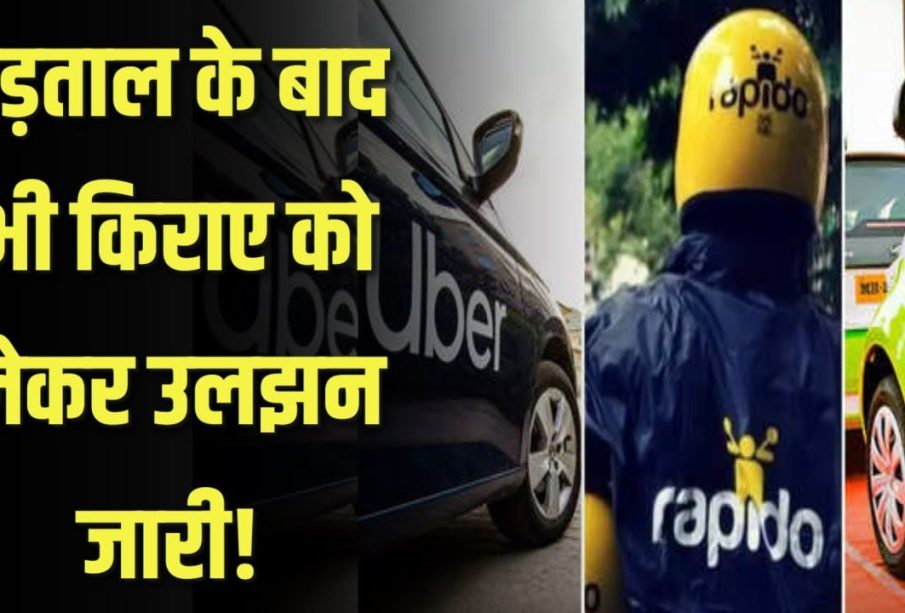Ola and Uber Drivers Go on Strike: What You Need to Know

Introduction
The ongoing strike by Ola and Uber drivers in various cities across India has highlighted the challenges faced by gig economy workers. As the demand for ride-sharing services surges post-pandemic, drivers are calling for better wages, improved working conditions, and a more equitable distribution of profits. This strike, which garnered significant media attention, not only affects the companies involved but also millions of commuters who rely on these services daily.
Details of the Strike
The strike began on October 20, 2023, with drivers across major urban centers like Delhi, Mumbai, and Bengaluru participating. Organizers claim that over 50,000 drivers have joined the movement, demanding a hike in minimum fares and a cap on commission rates that both Ola and Uber charge from drivers.
As per reports, many drivers have expressed their inability to meet rising living costs with current pay rates. Some drivers have been seen protesting outside ride-sharing company offices, while others utilized social media platforms to voice their concerns and share their experiences. Drivers met with representatives from both companies earlier this month but reported no significant progress in negotiations.
Impact on Commuters
The strike has triggered chaos in several urban areas, causing delays and difficulties for commuters trying to book rides. Some users reported increased wait times for rides, while others observed a rise in fares due to lowered driver availability. Local authorities in major cities have urged both companies and drivers to engage in constructive dialogue to resolve the situation promptly.
Government and Company Responses
In response to the drivers’ grievances, representatives from both Ola and Uber have stated that they are committed to reviewing driver concerns and assessing fare structures. However, they urge the public to remain patient as negotiations are underway. On the other hand, government officials have emphasized the need for regulation in the gig economy to ensure fair treatment of workers.
Conclusion
The strike by Ola and Uber drivers underscores a significant shift in how gig economy workers are asserting their rights and seeking fair compensation. While the companies emphasize the sustainability of their business models, the drivers’ calls for increased wages and better conditions reflect the reality of many workers struggling to adapt to post-pandemic economic conditions. As negotiations continue, both companies and drivers face mounting pressure to arrive at a resolution that benefits all parties involved. This situation is also likely to prompt discussions at the policy level regarding the regulation of gig economy platforms, ensuring that worker rights are protected in an increasingly digital marketplace.









